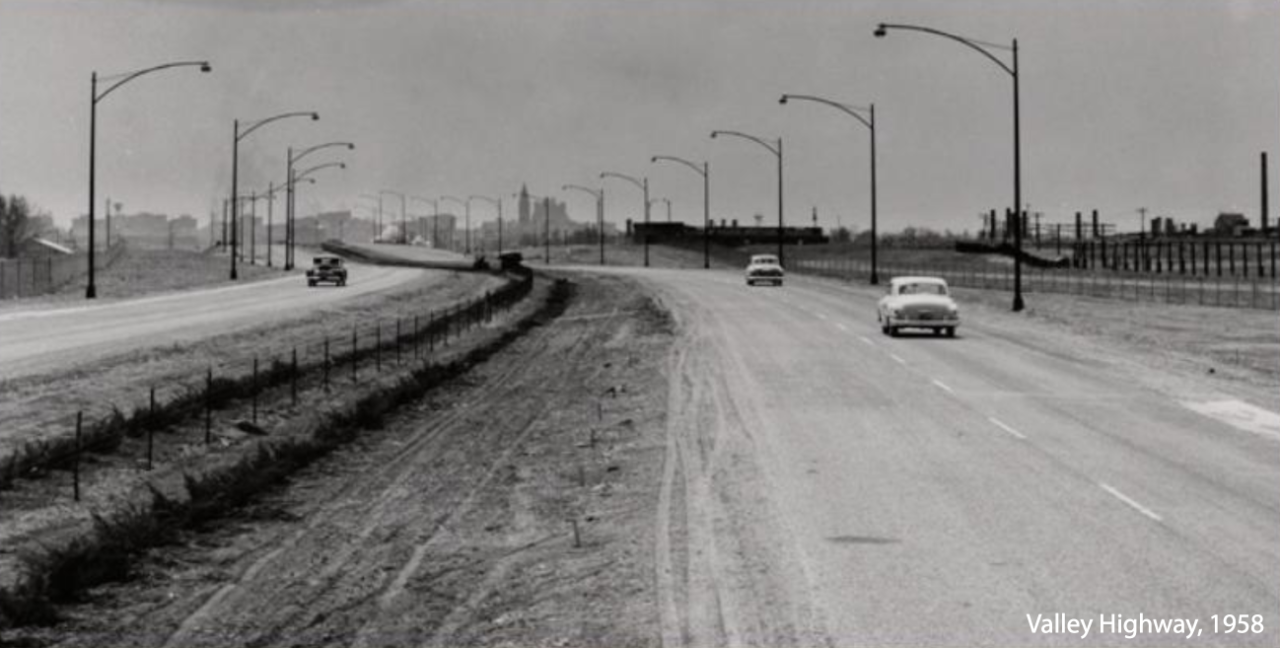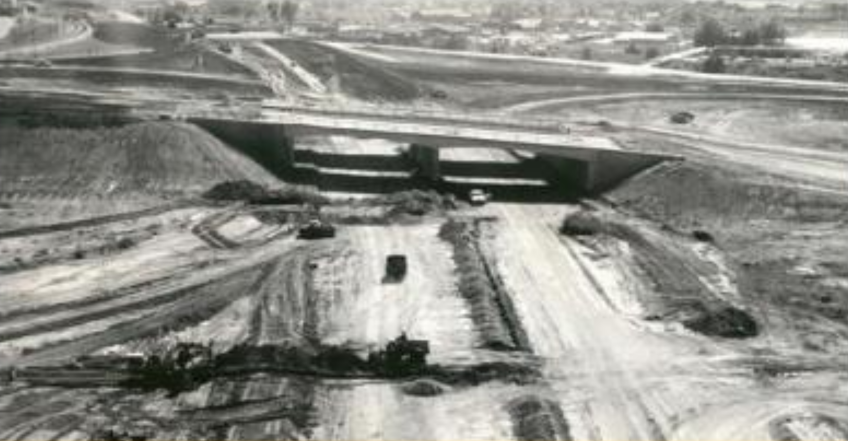DENVER — Imagine, if you will, you're cruising down Interstate 25 at a relatively smooth pace when you suddenly hit the brakes as a sea of gridlocked cars seemingly appears out of nowhere. No, it's not the Twilight Zone. You have just entered Colorado's most congested corridor—Central I-25 in Denver.
The roughly 7-mile section of I-25 from S. Santa Fe Drive to the Interstate 70 interchange is arguably the Mile High City's most frustrating traffic bottlenecks, and it won't get better anytime soon.
Based on annual average daily traffic data (AADT) provided by the Colorado Department of Transportation (CDOT), the corridor is the undisputed gridlock boss when it comes to the state's most congested highways, with close to 300,000 vehicles passing through daily.
If you're heading northbound, traffic will slow around the Alameda Avenue exit and won't release its grip until you pass I-70. Southbound traffic tends to see similar choke points.
MORE | Traffic Volume on Colorado Highways
And the corridor continues to see traffic volume increases as highway expansion plans get pushed back. Central I-25's daily traffic numbers jumped 23% over the past decade, but it wasn’t always this bad.

Construction on the Valley Highway (I-25) began in the 1940s. It wasn’t until the 1950s and the passage of the Interstate Highway Act that things got into full swing, with four lanes of traffic snaking its way around downtown Denver.
In 1958, the Valley Highway opened through central Denver. Traffic at that time was manageable, but it soon became apparent that something needed to be done.

It wasn't until 1984 when a truck carrying a load of torpedoes on I-25 exited onto one of the off-ramps and dumped its load onto various Mousetrap structures, that the need to improve the interchange and expand that stretch of I-25 became abundantly clear.
In 1987, Central I-25 was widened to accommodate future HOV lanes and special event traffic, and construction of the new I-70 bridges over I-25 began. These bridges were completed, and the ribbon cutting was held in 1991.
Fast-forward to 2024, and the Central I-25 Corridor has largely stayed the same for more than 30 years, despite having the highest average daily traffic count in all of Colorado.
But in 2019, CDOT began a Planning and Environmental Linkages (PEL) study to identify the causes of congestion and possible options to improve the corridor.

However, about three years later, the agency nixed a $1.5 billion proposal to add a fifth lane to I-25 from about Speer Boulevard to Santa Fe Drive, citing negative feedback from the public and local governments in the area.
“It's important that we're investing in ways that allow those people to walk, bike — connected things without always having to drive,” Danny Katz, executive director of the Colorado Public Interest Research Group (COPIRG), told Denver7 in September 2022.

Local
CDOT nixes plan to expand parts of I-25 in downtown Denver
Another reason the highway expansion proposal wasn't going to move forward was transportation legislation that passed in 2021.
Part of Colorado Senate Bill 21-260 called for the state to account for greenhouse gas emissions with every project it approves. The Central I-25 expansion project would have resulted in more cars passing through the area, meaning more greenhouse gas emissions.
“When you spend billions of dollars to widen highways, inevitably, within a few years, more cars come, and with those cars comes more pollution. [It] doesn't actually solve the problem,” Katz said in 2022.
Residents in nearby neighborhoods also celebrated the change, saying it will mean less pollution.
According to data from the Colorado Department of Public Health and Environment (CDPHE), from 2013 to 2017, Valverde and Sun Valley neighborhoods had the highest asthma rates among residents in the entire state.
So, instead of proceeding with the expansion proposal at the time, CDOT decided to dedicate another $100 million to transit options in the area and improve safety. So, how is that going?

Denver
Cyclists, nearby businesses differ on how to address safety at Speer and 23rd
In a statement to Denver7, Tamara Rollison with CDOT said safety improvements along the Central I-25 Corridor is part of the agency's 10-year plan:
"We are focusing significant efforts to improve safety, travel and travel options in addition to reducing greenhouse gas emissions in some of the most congested areas of Denver, including I-25 at Speer Boulevard, Federal Boulevard and Colorado Boulevard. Project priorities for funding are based on CDOT’s Ten-Year Plan. The plan is a collaborative effort among local agencies and the public," Rollison said in a statement.
CDOT is working to replace the bridges over I-25 at Speer Boulevard and 23rd Avenue. The structures do not provide adequate clearance over I-25, and the girders have been damaged by truck hits.
CDOT is also considering multiple proposals to improve the interchange ramps after the bridges are replaced. Denver7 looked at all three interchange ramp options and reported on the possible impacts on pedestrians and cyclists in this story.
Although expansion is not in the immediate future, Rollison said additional improvements to the interchange system along the corridor will be studied.

These new laws go into effect in Colorado on January 1st
Colorado will start 2026 with numerous new laws in place. From child care center fees to gun show requirements, here are six laws that take effect January 1st.





